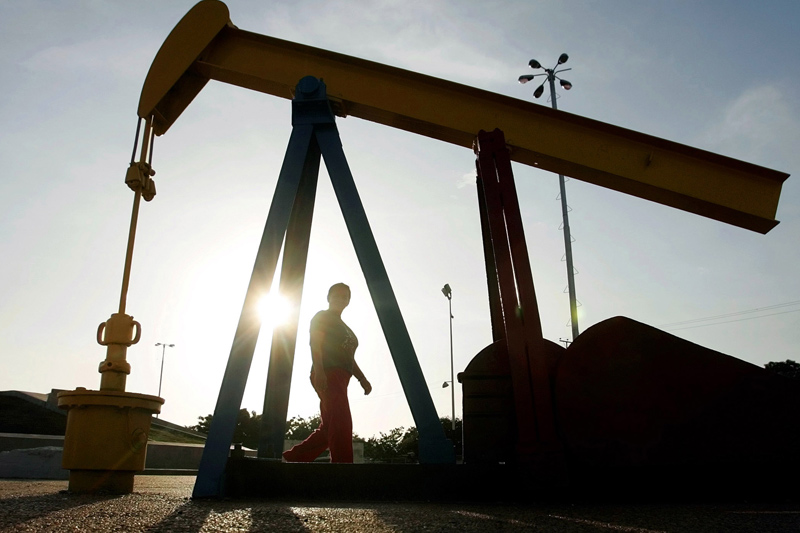This post was originally published on this site
https://i-invdn-com.akamaized.net/trkd-images/LYNXMPEH0O0R2_L.jpg
STOCKHOLM (Reuters) – Furniture giant IKEA said it is on track to cut its emissions further after an 11% reduction in its climate footprint in the 12 months to the end of August, partly because of temporary store closures.
Brand owner Inter IKEA said on Monday carbon emissions throughout the value chain – from the production of raw materials to customers’ use and disposal – fell in its fiscal year (FY) 2020 to 21.2 million tonnes of CO2 equivalent.
The reduction per euro of retail sales – a measure that takes into account that government lockdowns meant most stores closed for several weeks – was 7%.
“Our expectation is that the trend that we started already in FY19 and continued in FY20 will also continue in FY21,” Inter IKEA Chief Executive Jon Abrahamsson said in an interview.
“Looking at CO2 emissions divided by sales we do believe we will have a positive development compared to 2020.”
Head of sustainability Lena Pripp-Kovac told Reuters the main contributors, beside the pandemic, to curbing emissions were more energy efficient lighting and appliances, followed by more renewable energy use in production and transport.
IKEA, whose emissions shrank for the first time in 2019, aims to be climate positive – to reduce more greenhouse gas emissions than the value chain emits – by 2030. It said on Monday that translates into a cut of at least 15% from baseline year 2016 to 20.4 million tonnes CO2 equivalents.
IKEA said in fiscal 2020 it reached its target that more than 98% of wood in its products be from responsibly managed forests – as certified by the Forest Stewardship Council (FSC) – or recycled. It launched a new target that at least a third of wood be recycled by 2030, up from 12% last year.
IKEA, one of the world’s biggest wood buyers, in the year used 19 million cubic metres of wood in products and packaging.

